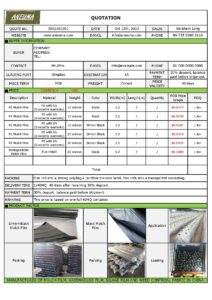Winter is a busy season for kumquat producers, and kumquats are often sold at the Spring Festival. As a result, in order to ensure a smooth winter of kumquats and a higher yield, it is important to adopt warm-weather precautions. Because kumquat like damp and is scared of freezing, as well as having relatively high environmental requirements, kumquat should be covered with kumquat film in winter to guarantee proper growth.
Northern Guangdong and portions of Guangxi are key kumquat farming locations. The kumquats produced are more widely consumed. Because of the relatively low temperatures in these two locations, the majority of the sugar oranges and kumquats planted must be covered with kumquat film. It took more than two months from covering the kumquat film to removing the film before selecting the fruit to withstand the cold weather and frost. Because no fertilizer or foliar fertilizer was applied during this time period, the difficulties that arose were numerous:
1. The kumquat fruit continues to absorb nutrients on the tree. When a tree’s nutritional supplies are depleted, its vitality quickly declines. The longer the tree bears fruit, the greater the influence on its vitality.
2. Because the task cannot be completed until the kumquat film is removed, the work of restoring tree vigor + bloom promotion is postponed for 1-2 months, and winter fertilizer becomes spring fertilizer. If the required nutrients are not supplied prior to covering the kumquat film, the tree’s nutrition is severely compromised, and it is too late to replace some components after the film is removed, and flower bud differentiation the following year will be impaired.
As a result, it is advised that kumquat trees covered with kumquat film adopt the following precautions:
1. Before covering the kumquat film, apply a micro-replenishing root calcium + micro-replenishing energy, supplementing phosphorus and calcium, accumulating nutrients, and maintaining tree vigor;
2. As soon as the fruit turns color, spray 1-2 times of micro-appliqué 1000 times + micro boron 1500 times to accumulate nutrients for flower bud differentiation; 3. Spray 2 times with micro-covering power after color change to reinforce fruit firmness and reduce the problem of fruit softness and dry water in the latter stage.

